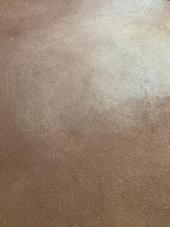Jim,
I don’t want to hijack this thread but I’m just hoping you can clarify something that you said about damp curing lime plasters. I’ve read much of your contributions to the natural building world and I’m so grateful we have you! I think it was in the LSC Essential series plaster book, you have some great information in it and I applaud you for sharing.
How important, in your experience, is the damp curing of type s lime plasters? My house has mostly clay plasters, but I did a tadelakt shower and some shikkui-style lime plasters inspired by Kyle Holzhueter’s work. All my lime plasters have been sprayed twice a day for at least 7 days, and they’re great. But it’s the worst part of lime, boring and tedious. I plan on doing some tests comparing damp curing vs a do-nothing cure, but I’d like to hear your thoughts. I know some professional accomplished natural builders whose business and money is on the line and it seems like they take a more do-nothing cure to a non-pozzolanic type s lime plaster.
Thoughts from the expert? I appreciate your insight.




